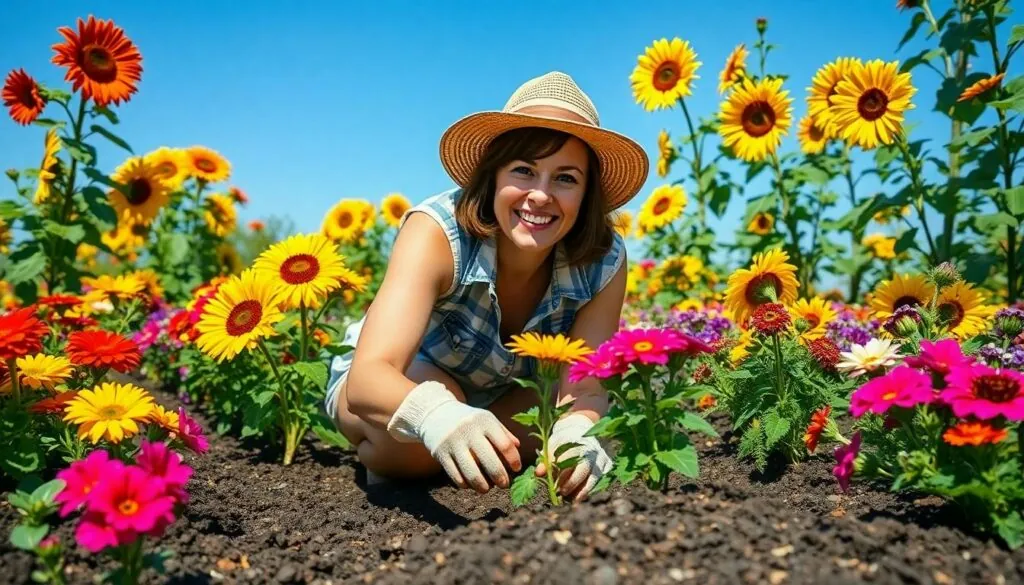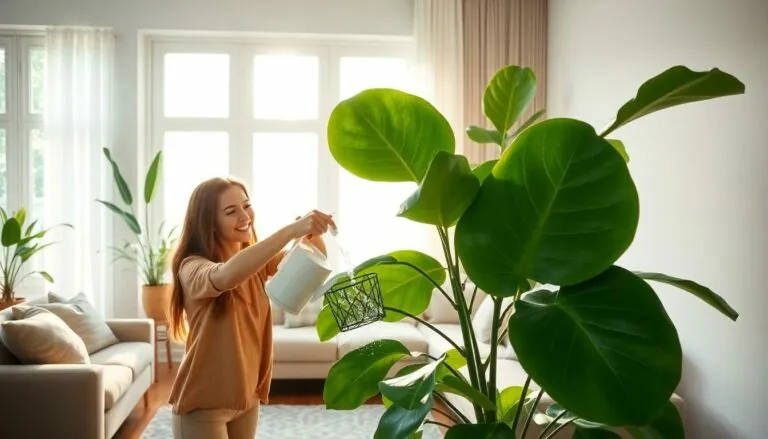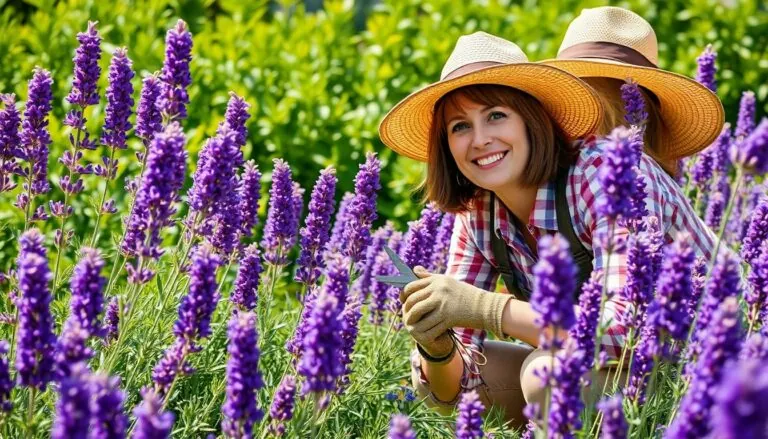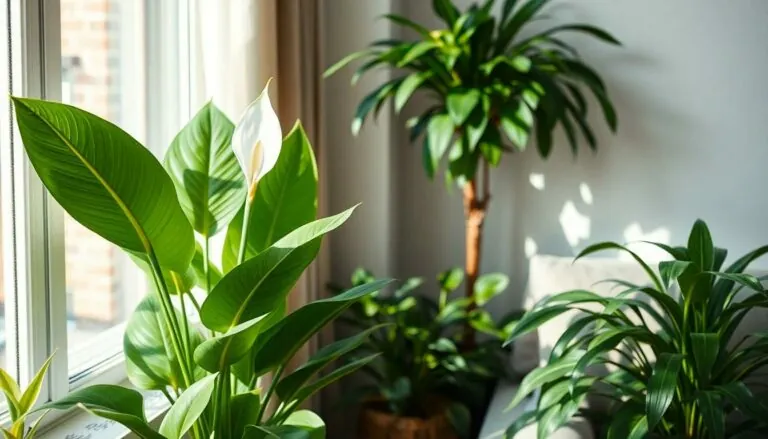Table of Contents
ToggleImagine stepping into your backyard and being greeted by a riot of colors and fragrances that make even the grumpiest neighbor smile. Flower gardening isn’t just a hobby; it’s a delightful escape into nature where creativity blooms alongside vibrant petals. Whether you’re a seasoned green thumb or someone who can barely keep a cactus alive, the world of flower gardening offers something for everyone.
Overview Of Flower Gardening
Flower gardening offers a way to bring color and beauty to outdoor spaces. Gardeners often select diverse species, enabling them to create stunning displays that attract pollinators like bees and butterflies. Simple flowers such as marigolds or sunflowers suit beginners, while experienced gardeners might explore rare varieties or hybrid strains.
Time investment varies depending on personal goals and garden size. Some gardeners dedicate weekends to their flower beds, while others incorporate daily tasks like watering or pruning into their routines. Seasonal consideration influences flower selection, as certain plants thrive in specific conditions. For instance, annuals often bloom throughout the summer while perennials return year after year.
Gardening techniques also vary among enthusiasts. Organic gardening avoids synthetic pesticides, focusing instead on natural methods for pest control. Raised beds can improve soil drainage and provide easier access for planting. Container gardening allows individuals with limited space to enjoy flower gardening on balconies or patios.
Flower gardening not only beautifies personal spaces but also contributes to local ecosystems. By planting native species, gardeners support regional wildlife and enhance biodiversity. Community flower gardens promote social interaction and collaboration among neighbors, fostering a sense of belonging.
Resources abound for those interested in flower gardening. Local gardening clubs often provide workshops or seminars for skill enhancement. Online platforms offer valuable advice, from soil preparation to pest management. With creativity and effort, anyone can cultivate a flourishing flower garden.
Types Of Flowers For Gardening
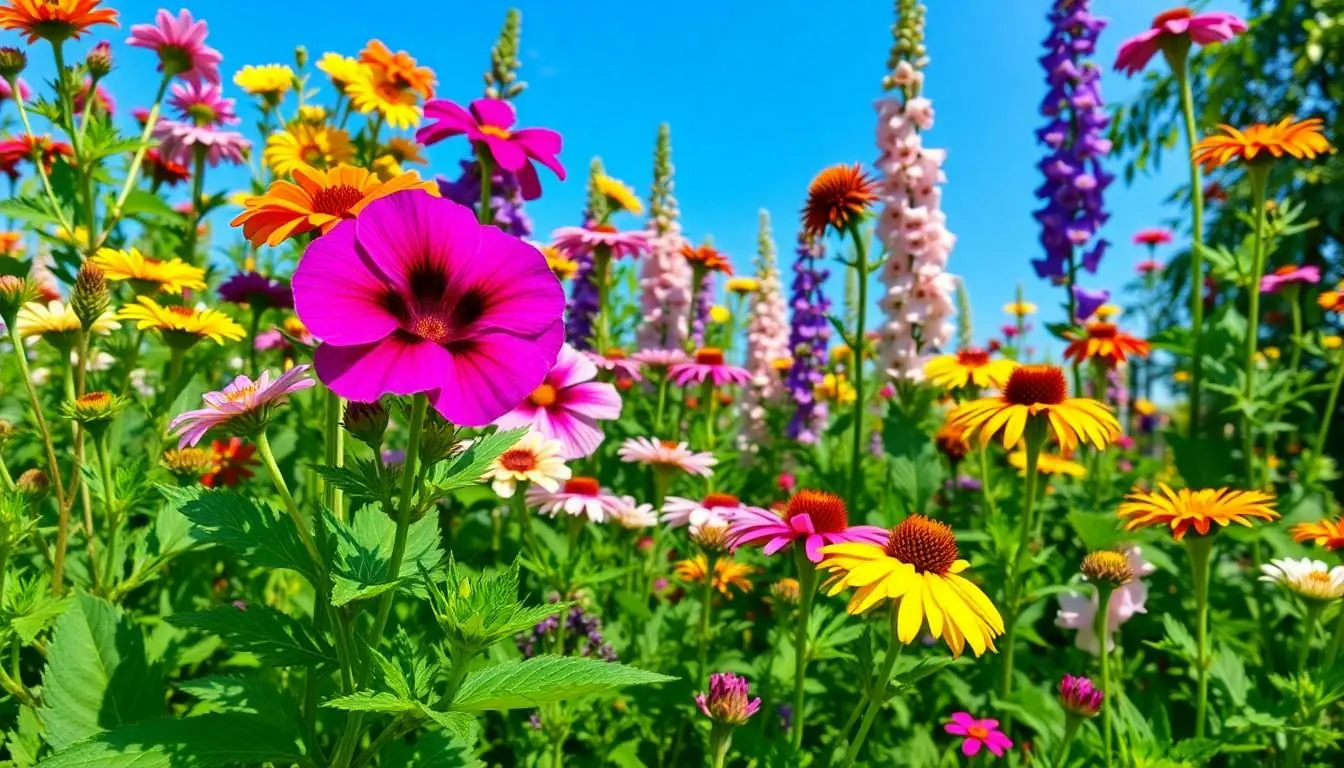
Selecting the right types of flowers can enhance any garden. Each category offers unique benefits.
Annuals
Annuals showcase vibrant colors and prolonged blooms throughout one season. They typically grow from seed, producing flowers in as little as eight weeks. Popular choices include petunias, zinnias, and marigolds. These flowers thrive in various conditions but require replanting each year. Gardeners may enjoy mixing different annuals for a dynamic display. Their ability to fill gaps quickly makes them an excellent choice for seasonal color in any garden.
Perennials
Perennials offer lasting beauty with returns each year after their initial planting. They often have a longer lifespan compared to annuals, surviving multiple seasons. Common perennials include echinacea, daylilies, and hostas. They typically bloom during specific periods, providing consistent structure and interest in the landscape. Some perennials adapt well to various climates, making them versatile options for many gardeners. Regular maintenance helps keep them healthy and enhances their blooming potential.
Biennials
Biennials require two growing seasons to complete their lifecycle. In the first year, they establish roots and foliage, then bloom in the second year. Examples of biennials include foxgloves, hollyhocks, and sweet williams. These flowers contribute to garden diversity by pairing well with both annuals and perennials. Gardeners often plant biennials in clusters for a dramatic effect. Maintaining these plants involves some patience but results in beautiful displays that can last for years.
Planning Your Flower Garden
Planning a flower garden involves thoughtful decisions about location, soil, and climate. Gardeners prepare by considering various factors that enhance growth and beauty.
Choosing The Right Location
Location heavily influences flower garden success. Sunlight exposure is critical, with most flowers thriving in full sun, which means at least six hours of direct light daily. Proximity to water sources simplifies irrigation needs. Additionally, areas protected from strong winds prevent damage to delicate blooms. Elevation and drainage also play a role, as well-drained soil prevents waterlogging, which can harm roots. Observing these aspects before planting ensures flowers flourish in vibrant displays.
Soil Preparation
Soil preparation is essential for a thriving flower garden. Testing soil pH offers insights into nutrient availability; most flowers prefer a pH of 6.0 to 7.0. Adding organic matter, such as compost, enriches the soil and improves texture, promoting healthy root development. Tilling loosens the top layer, enabling better water and nutrient absorption. Incorporating mulch helps retain moisture while suppressing weeds. Properly prepared soil creates an ideal environment for flowers to grow and thrive.
Flower Garden Care And Maintenance
Care and maintenance ensure a vibrant and thriving flower garden. Regular attention to watering and pest control promotes healthy growth.
Watering Techniques
Proper watering techniques significantly impact flower health. Early mornings represent the best time for watering, as cooler temperatures minimize evaporation. Deep watering encourages root growth while establishing a stable moisture level in the soil. Drip irrigation systems efficiently target plant roots, reducing water waste. Observing flower foliage aids in determining when plants require water, as wilted leaves signal a need. Consistent monitoring for seasonal rainfall can further adjust watering schedules to maintain optimal moisture.
Pest Control Solutions
Effective pest control solutions protect flower gardens from threats. Integrated Pest Management (IPM) combines cultural, biological, and chemical controls for a holistic approach. Planting companion flowers can attract beneficial insects that prey on harmful pests. Neem oil acts as a natural pesticide, targeting various insects without harming plants. Regular inspections for signs of infestation allow for early intervention, reducing plant damage. Employing traps for specific pests can also help maintain balance and prevent outbreaks.
Design Ideas For Flower Gardens
Incorporating various design styles enhances the visual appeal of flower gardens. Consider a cottage garden layout, featuring a mix of colorful blooms, herbs, and foliage plants. This style creates a lush, informal atmosphere that invites exploration.
Use raised beds to define flower areas while improving drainage. Elevated beds facilitate access and add structure to the garden. Integrate container gardens for versatility, allowing placement on patios or porches. Select vibrant pots that complement the chosen flowers to enhance overall aesthetics.
Create themed sections by grouping flowers with similar colors or purposes. A butterfly garden highlights nectar-rich plants that attract pollinators, while a fragrant garden focuses on flowers like lavenders and roses. Each theme offers a distinct sensory experience.
Incorporate pathways to guide visitors through the garden. Paths made of stone or mulch allow easy navigation. Edging the pathways with low-growing flowers enhances the delineation between garden areas while adding color.
Layering flowers by height creates depth in the design. Position taller plants, like hollyhocks, at the back and shorter varieties, such as pansies, in the front. This arrangement ensures that every flower receives sunlight and becomes visible.
Consider seasonal interest for year-round appeal. Combine spring-blooming bulbs, summer perennials, and autumn foliage to ensure continuous blooms across seasons. Mixing flower types also fosters biodiversity, attracting various wildlife.
Utilizing vertical elements can maximize space in small gardens. Trellises support climbing flowers like clematis or sweet peas, drawing the eye upward and adding dimension. Incorporating hanging baskets adds further interest at different heights.
Implementing these design ideas results in a visually striking and harmonious flower garden space, promoting relaxation and enjoyment for all who visit.
Flower gardening offers a unique blend of creativity and connection to nature. It invites individuals to explore their passion for plants while enhancing their surroundings. By choosing the right flowers and employing effective gardening techniques, anyone can cultivate a vibrant outdoor space that not only pleases the eye but also supports local wildlife.
As gardeners invest time and effort into their flower gardens, they create personal sanctuaries that foster relaxation and joy. Embracing the diversity of flowers and thoughtful design can transform any garden into a stunning display. With the right resources and community support, the journey of flower gardening becomes an enriching experience for all involved.

